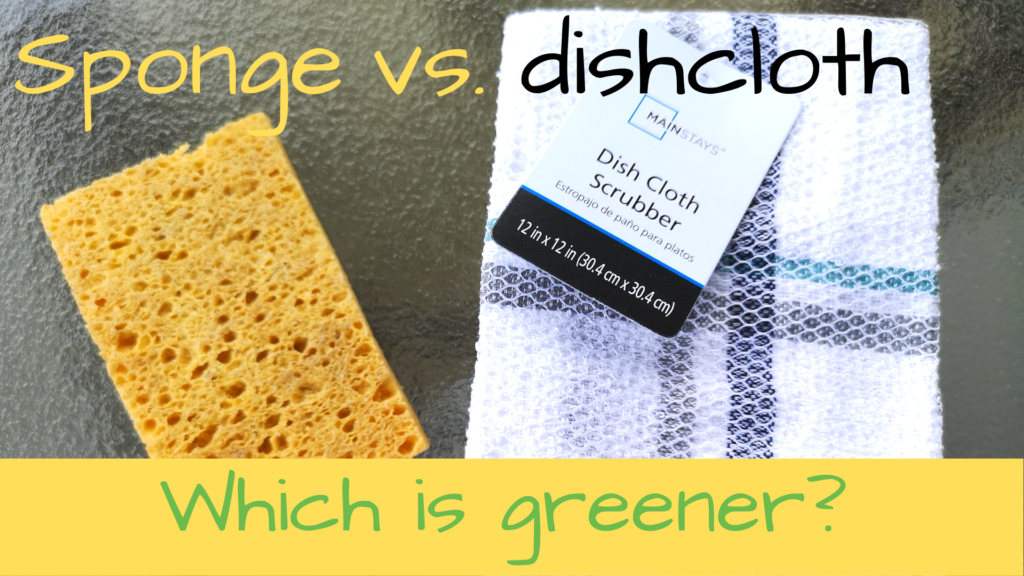
There’s not a lot of great news about the kitchen sponge. It’s been well-documented that in most homes, the kitchen sponge is the germiest thing in the house—even germier than the toilet! Sponges have persisted because they work well to mop up water and crumbs. They give an illusion of clean. But they are almost impossible to keep germ-free…all those nooks and crannies provide perfect habitat for bacteria.
Research on how best to clean sponges has produced mixed results. Some experts say microwaving a sponge will kill most pathogens, while others say that just produces stronger germs (the strong ones that survive microwaving multiply). Still others say most of us don’t need to worry about the germs in sponges…they present a serious risk only to those with a compromised immune system.
But a key problem with sponges is most are not friendly to the environment! They usually are at least partly synthetic, and it will take thousands of years for all those used-up kitchen sponges that contain synthetic components to break down. In addition, some sponges contain nasty chemicals like triclosan.
One alternative to the kitchen sponge is a washable dishcloth. It also provides good habitat for germs, but not as much as a sponge, and you can wash dishcloths in hot water/bleach to sanitize and then re-use over and over again.
When buying dishcloths, keep in mind that dishcloths like the ones in the photos above have a plastic netting on them…so while the cotton part of these dishcloths is biodegradable, the plastic part is not.
Do you use a sponge, dishcloth, or other cleaning tool? Have you found a greener way to clean? Let us know!




